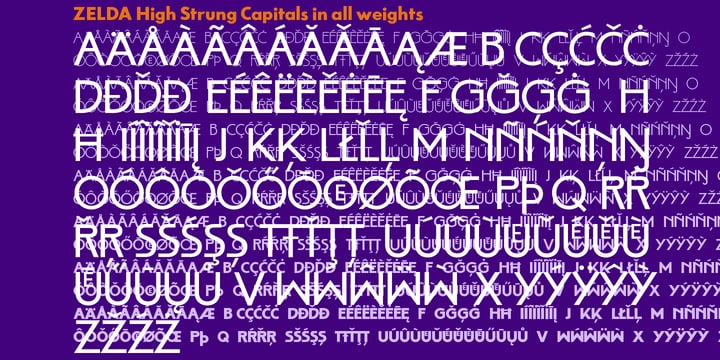
The animation alone tells you a lot about both characters - Mega Man is a Saturday morning cartoon character, while X is a slightly more mature protagonist who faces things head-on. While dashing, X leans forward in contrast to Mega Man’s slide, which positions his feet in front of his torso and head. Thematically, X’s dash sets him apart from the classic Mega Man too.

Of course, those games are simply more methodical, but it can be hard to go back to them when you’re used to a version of the character who’s so much more agile. Growing up with the X series and then trying to play the original Mega Man titles, I found the NES protagonist somewhat heavy-feeling, and his inability to get his ass across gaps was always irritating to me.

And perhaps most critically, the dash can be combined with X’s jump to catapult him across space, allowing him to perform leaps - even off walls - that Mega Man could never accomplish. The dash isn’t terribly useful for avoiding high attacks, but it can help you get out of the way of enemies. X’s buster even does more damage than usual while dashing, further cementing X’s more aggressive play style. It helps X cover ground more quickly, and thus increases the pace of the game.

In contrast with Mega Man’s slide, the dash is primarily useful for acceleration. The dash immediately sets X apart from classic Mega Man in a number of ways. Upon entering it, X receives the ability to dash with the A button (though you’re going to want to remap it to a shoulder button ASAP). Most are tucked away in secret areas, but one is mandatory to complete the game - the capsule containing it literally blocks the player’s path in Chill Penguin’s stage. X gets a series of upgrades from his dead creator Dr. X was stripped of this ability, starting the game with only his chargeable X Buster and the capacity to climb walls by leaping off of them repeatedly. The slide was useful for entering tight areas that Mega Man couldn’t otherwise fit into and as an evasive maneuver to duck under oncoming fire. In later games, he got the ability to charge his weapon and perform a slide by holding down and pressing the jump button.

But of all of the changes to the Mega Man formula that Mega Man X introduced, none was more important than the dash mechanic.Ĭlassic Mega Man ran, jumped, and shot his arm cannon. It introduced a new villain named Sigma, ditched the themed Robot Masters in favor of anthropomorphic animal robots named Mavericks, and made the narrative more central to the experience. In 1993, Mega Man made the leap from the NES to the then-new SNES console, joining 8-bit series like Castlevania, The Legend of Zelda, and Final Fantasy on Nintendo’s new hardware. The somewhat confusingly-titled Mega Man X was named not after its numbering in the series, but the new player character, Mega Man X.


 0 kommentar(er)
0 kommentar(er)
